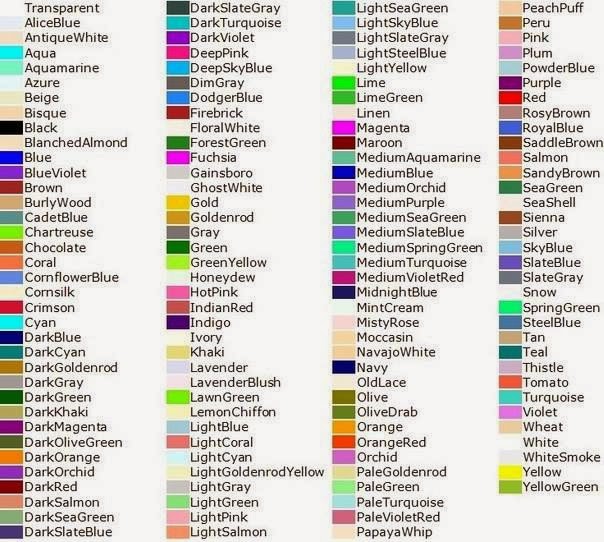Color Videos: El Impacto del Color en el Cine y la Televisión
Imagine watching your favorite movie, but instead of the vibrant hues and subtle shades, everything is in black and white. It's hard to deny that color plays a crucial role in how we perceive and connect with moving images. The evolution from black and white to color in film and television wasn't merely a technological advancement; it was a revolution that transformed storytelling, emotions, and the very essence of visual media.
This article delves into the captivating world of "color videos," exploring their history, significance, and the impact they have had on our visual culture. From the early experiments with color to the sophisticated techniques used today, we'll uncover how color shapes our understanding and enjoyment of movies, shows, and video content.
The journey of color in video began in the early 20th century, with inventors and filmmakers experimenting with various methods to capture and project colored moving images. Early attempts, like hand-painting individual frames, were laborious and impractical for widespread use. However, these pioneers paved the way for groundbreaking technologies like Technicolor, which emerged in the 1930s and revolutionized the film industry.
The arrival of Technicolor marked a turning point, captivating audiences with its vibrant and realistic color reproduction. Movies like "The Wizard of Oz" (1939) and "Gone with the Wind" (1939) showcased the power of color to transport viewers to fantastical worlds and evoke powerful emotions. The use of color wasn't just about aesthetics; it became an integral part of storytelling, emphasizing themes, highlighting emotions, and creating unforgettable cinematic experiences.
Over the decades, color technology continued to evolve, from the introduction of color television in the mid-20th century to the digital color technologies we use today. The transition from bulky cameras and complex processing techniques to digital sensors and software has made color filmmaking more accessible and creatively liberating than ever before.
Advantages and Disadvantages of Color Videos
While the advantages of color videos are numerous, some argue that black and white films possess a certain timeless elegance and artistic integrity. Here's a look at both sides:
| Advantages | Disadvantages |
|---|---|
|
|
While the debate between color and black and white continues in certain artistic circles, there's no denying that color videos have become the standard in today's visually-driven world. From the captivating landscapes in nature documentaries to the intricate details in animated films, color enriches our viewing experience in countless ways.
As technology continues to advance, we can expect even more innovative uses of color in video. Virtual Reality (VR) and Augmented Reality (AR) are pushing the boundaries of color immersion, creating interactive experiences that blur the lines between the virtual and real worlds. The future of color videos is bright, promising even more vibrant, engaging, and emotionally resonant ways to experience the power of moving images.
Dibujos para realizar en paint
Enciende la imaginacion dibujos de autos para colorear
Restaurant la table de lours un festin para los sentidos














